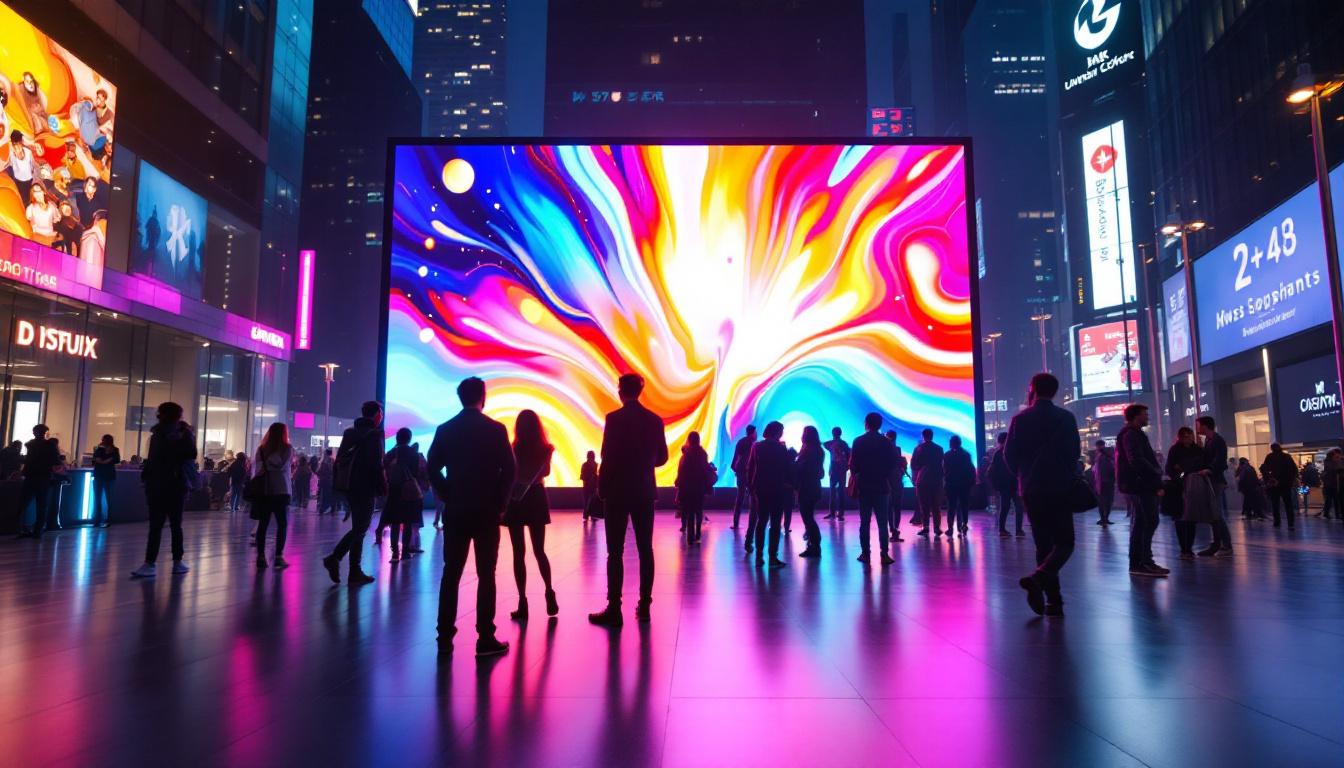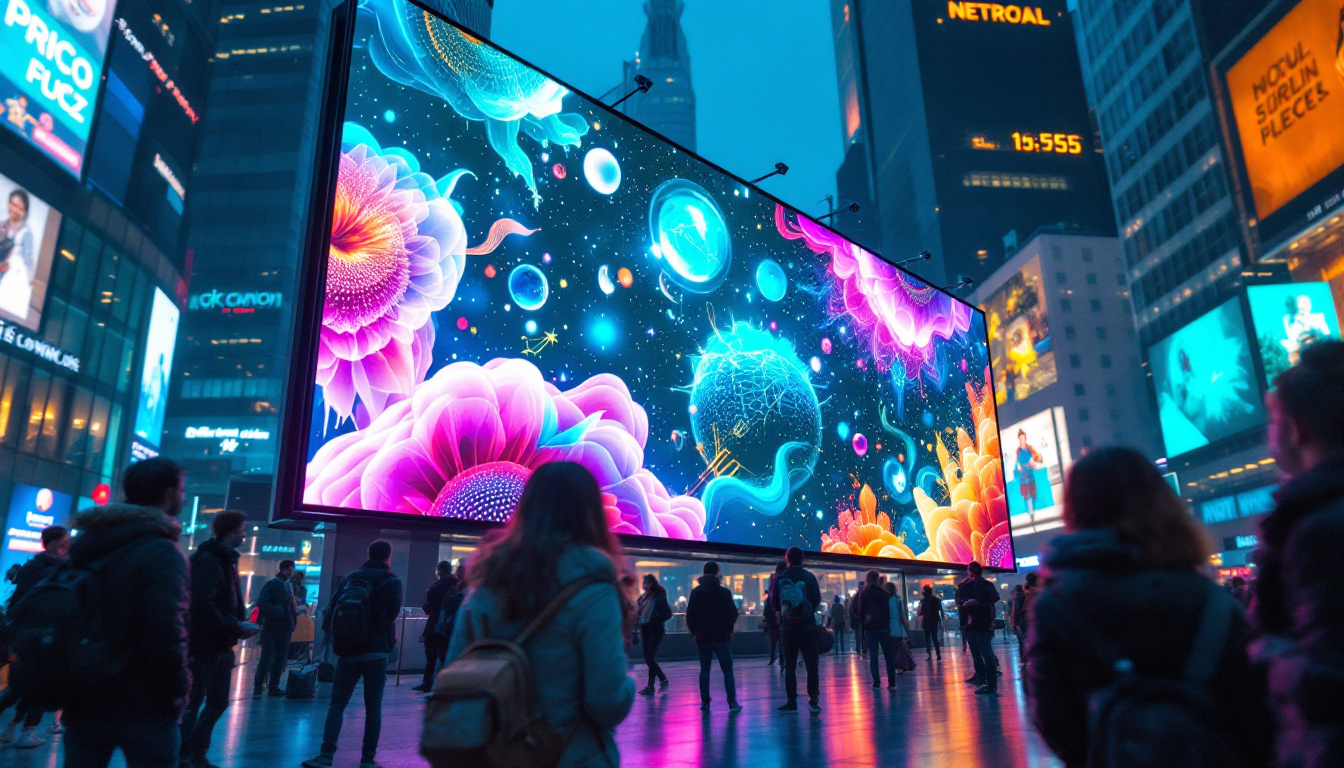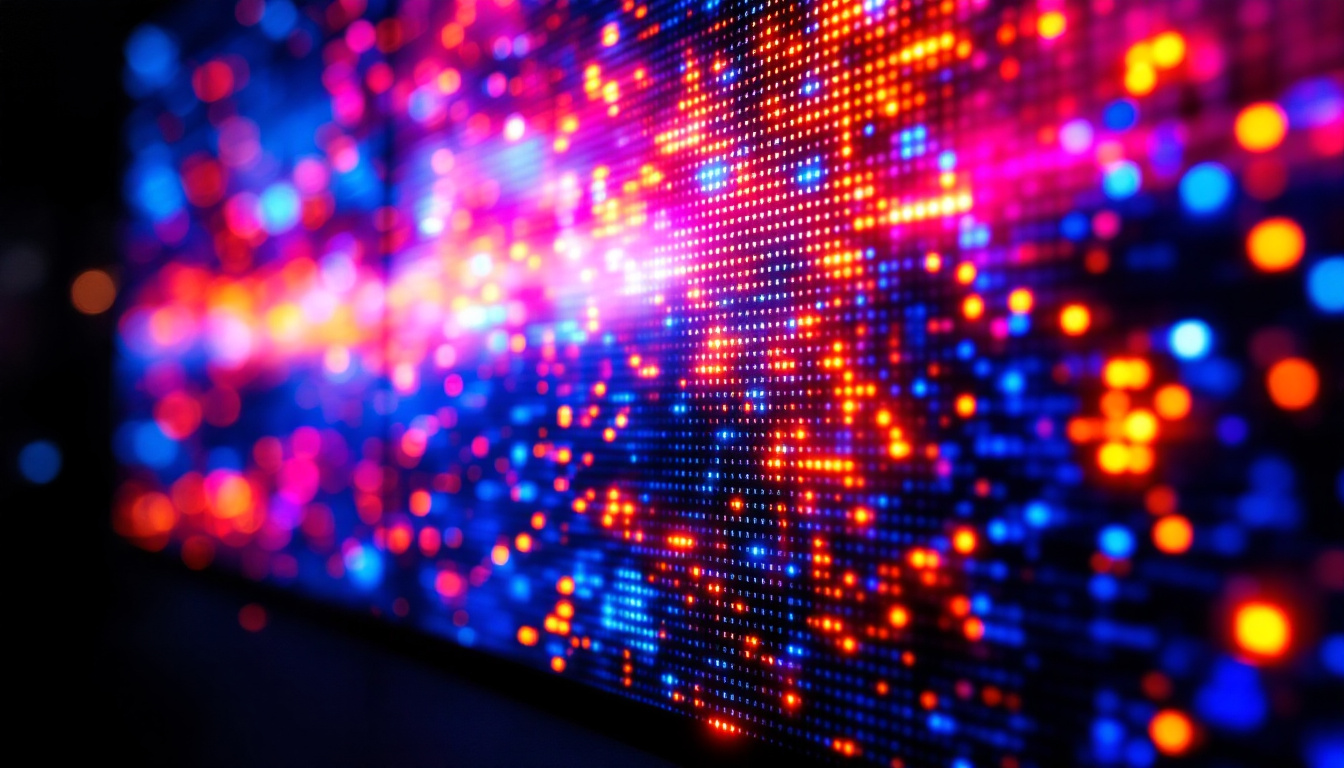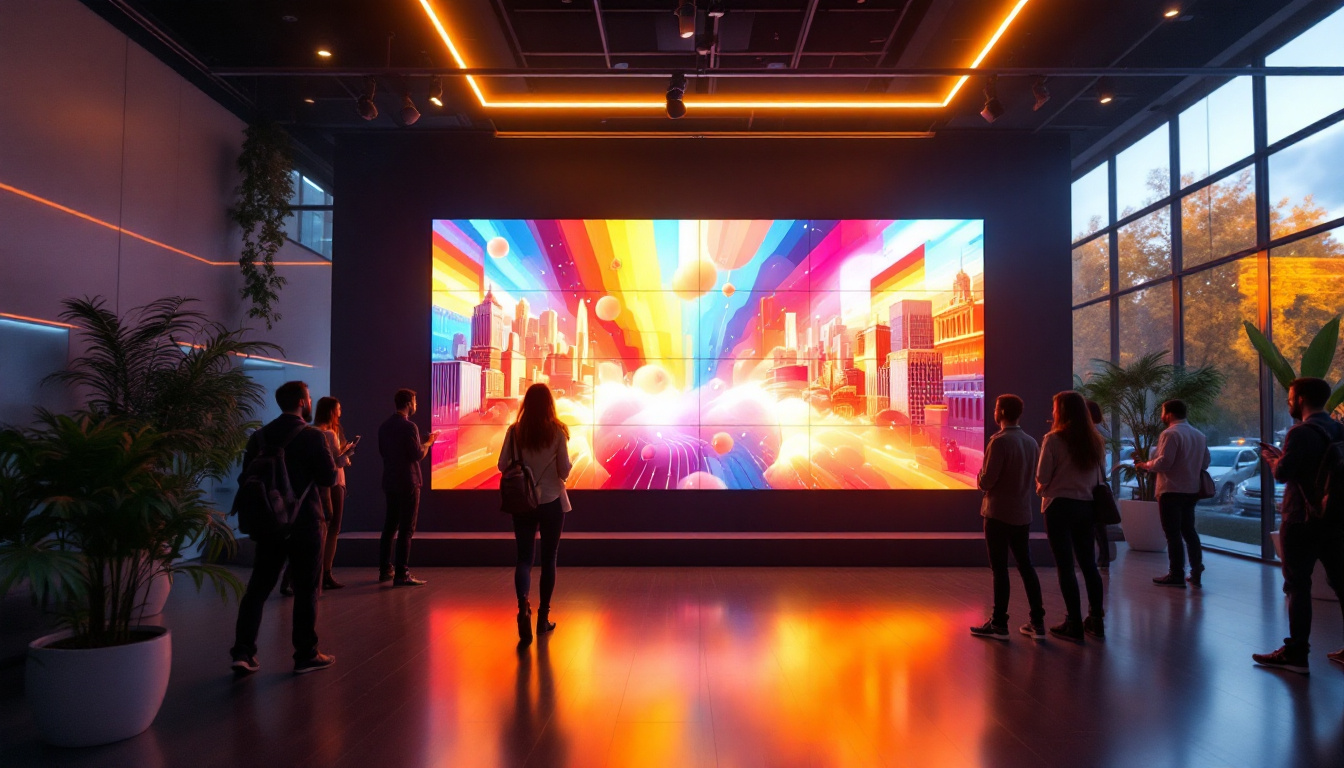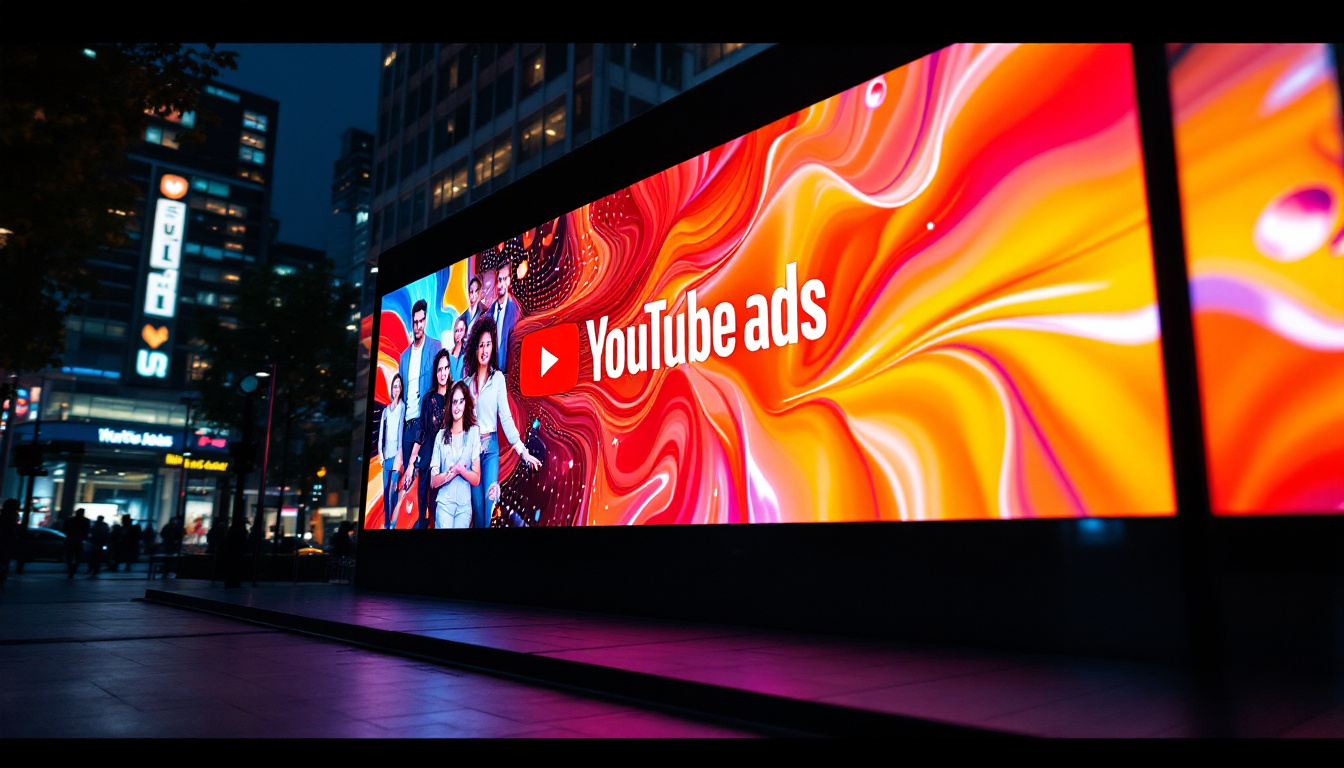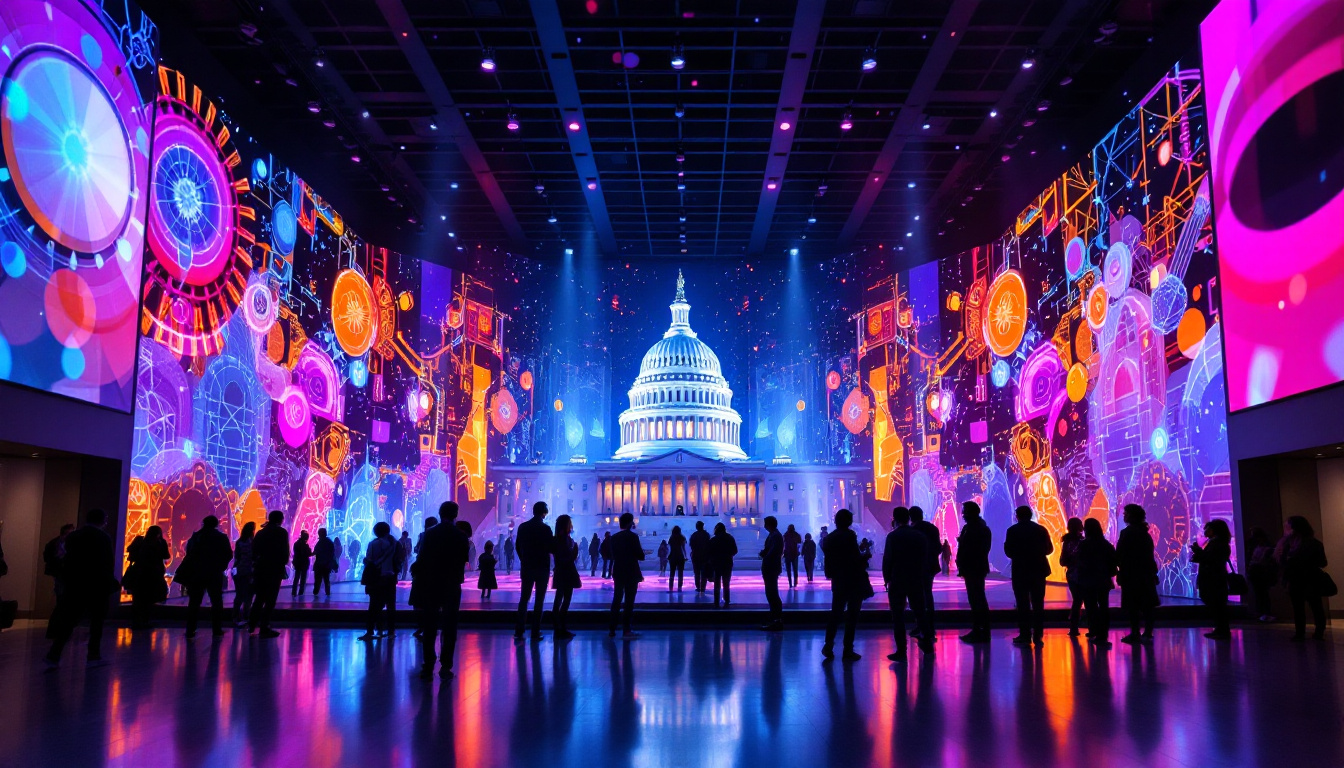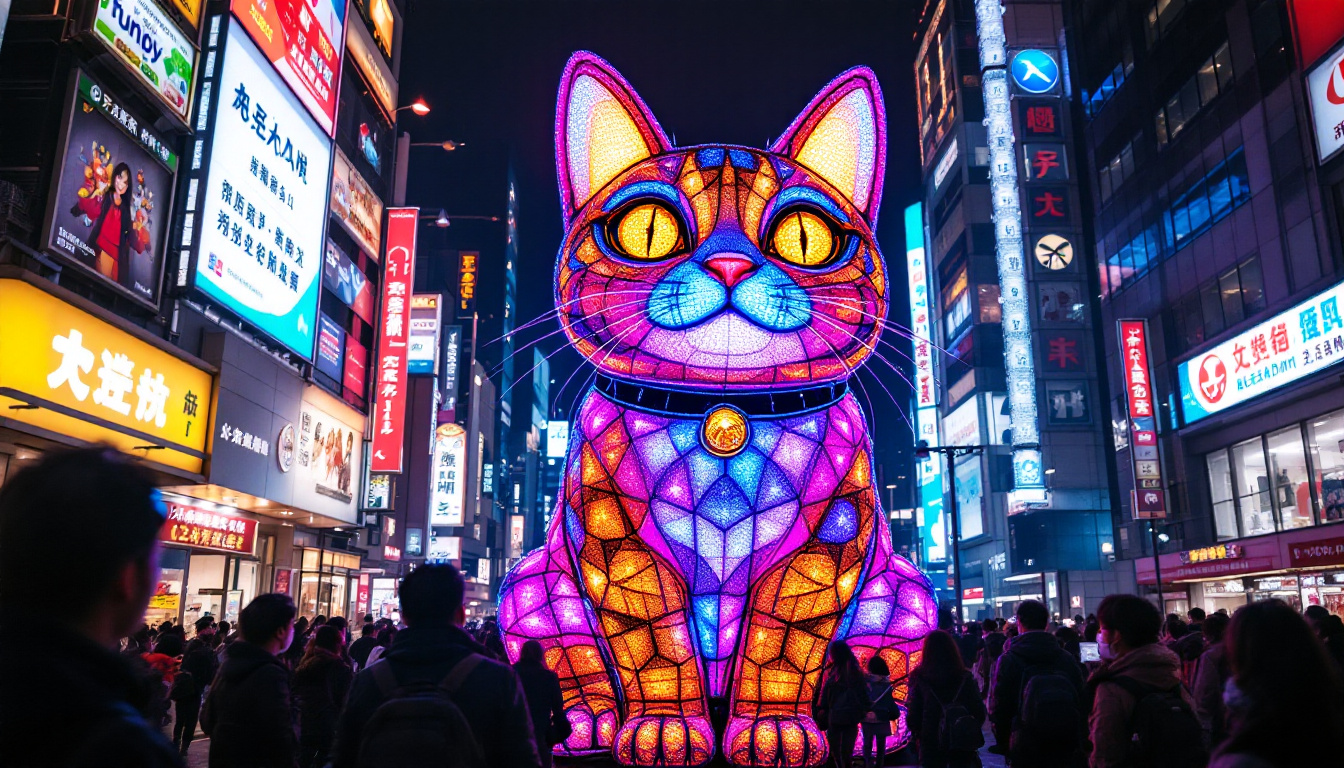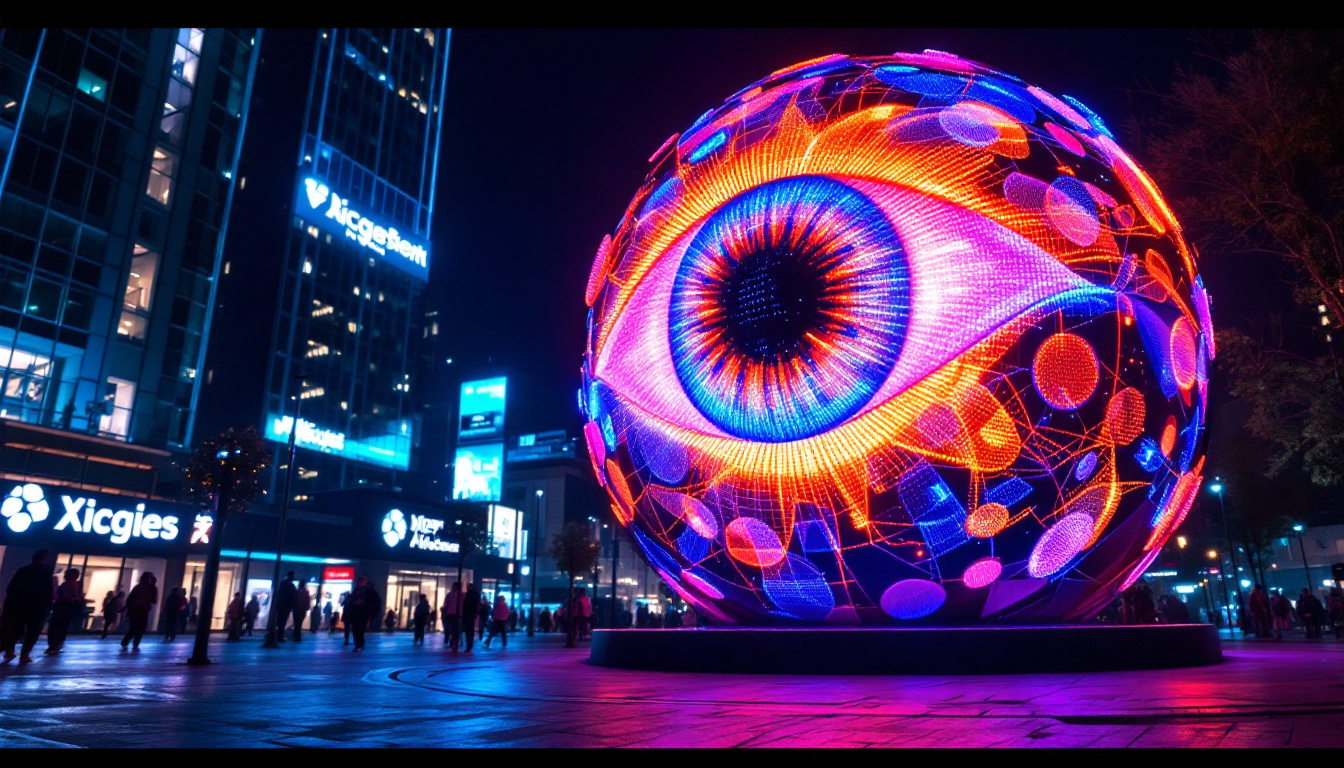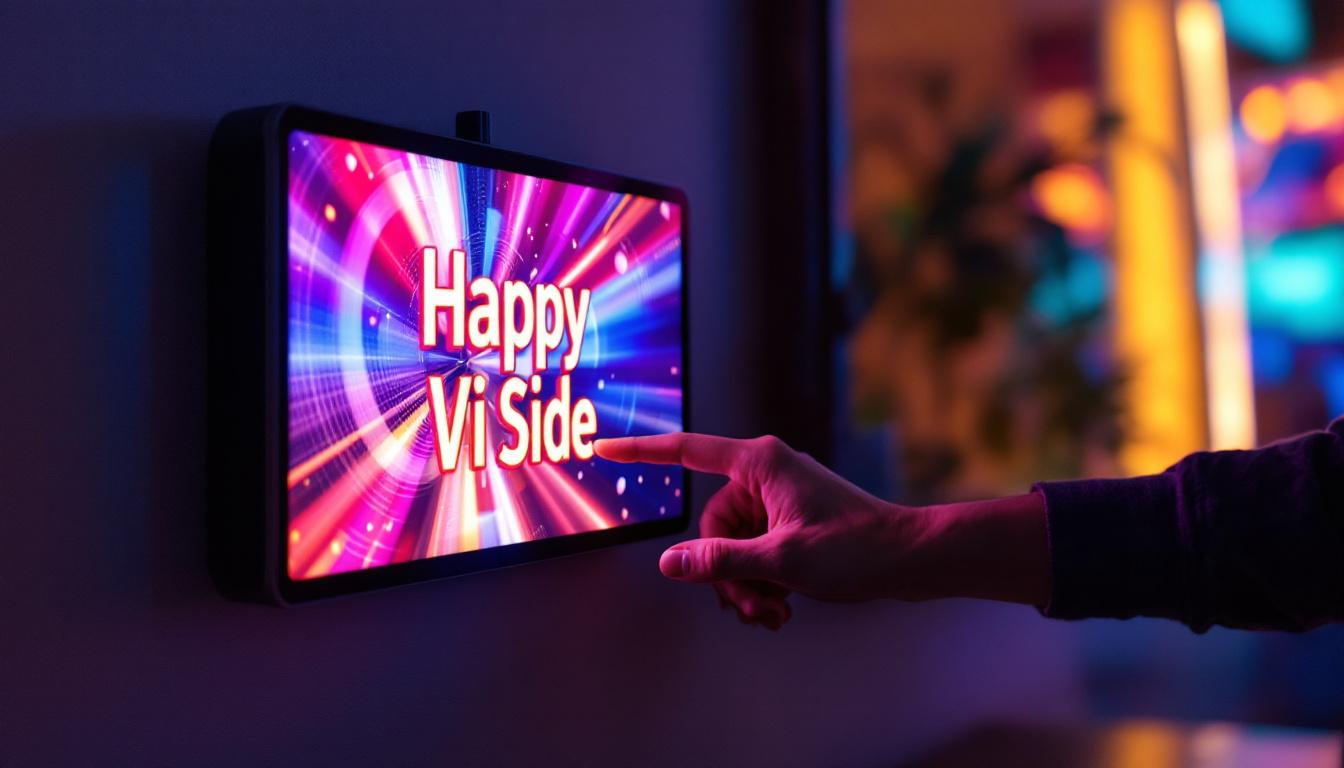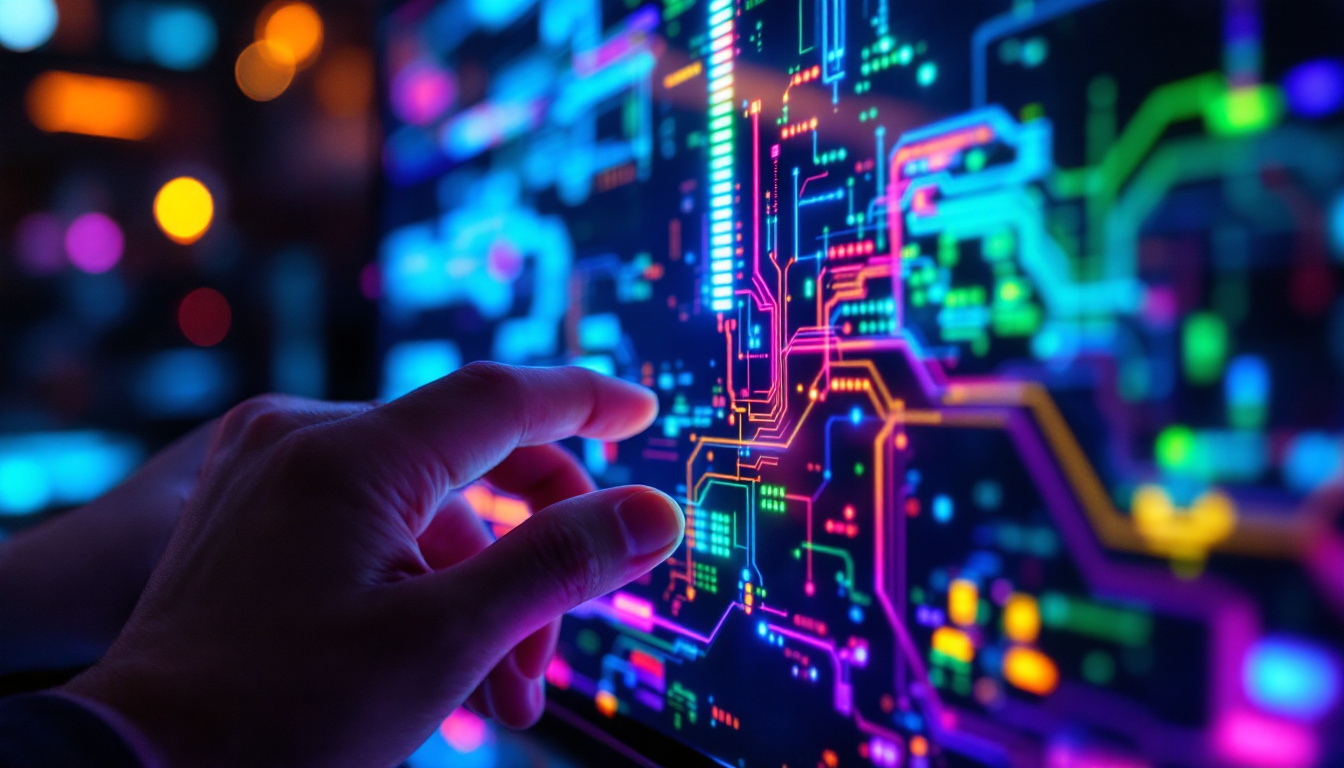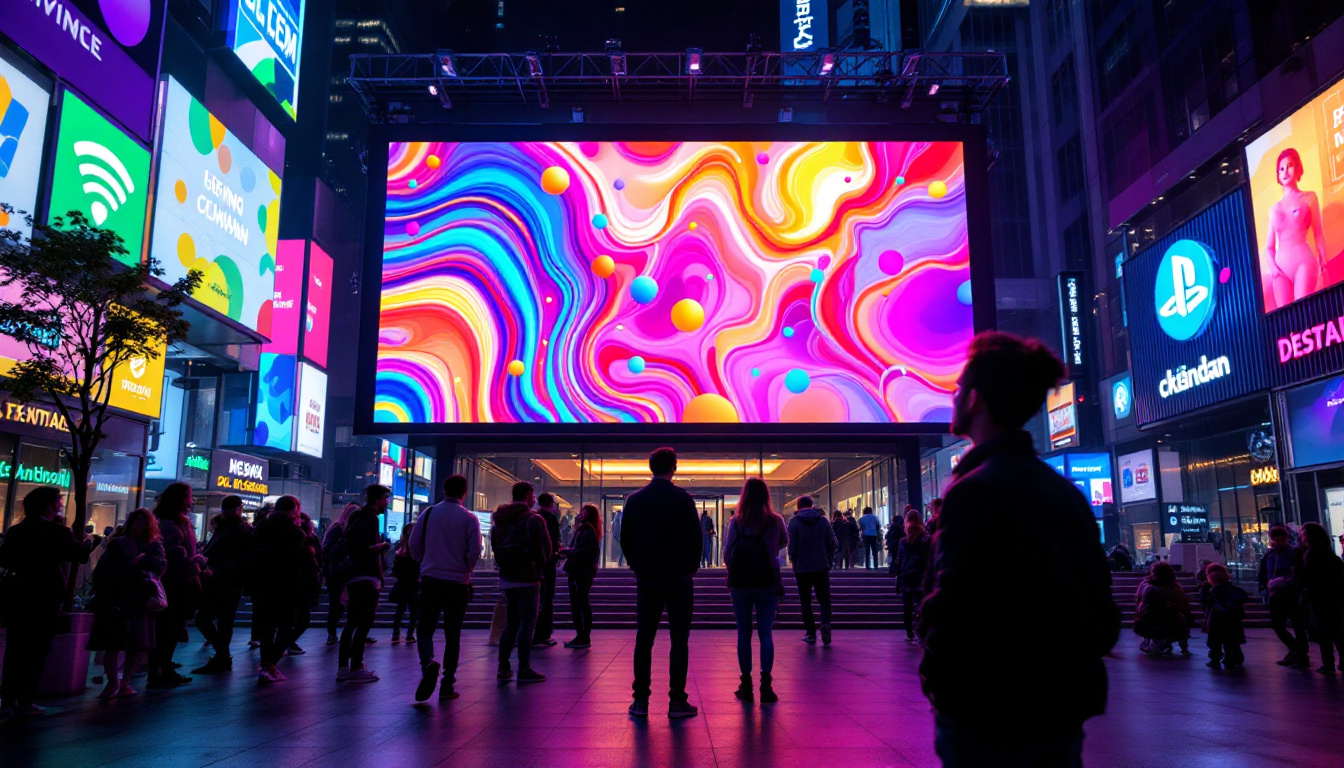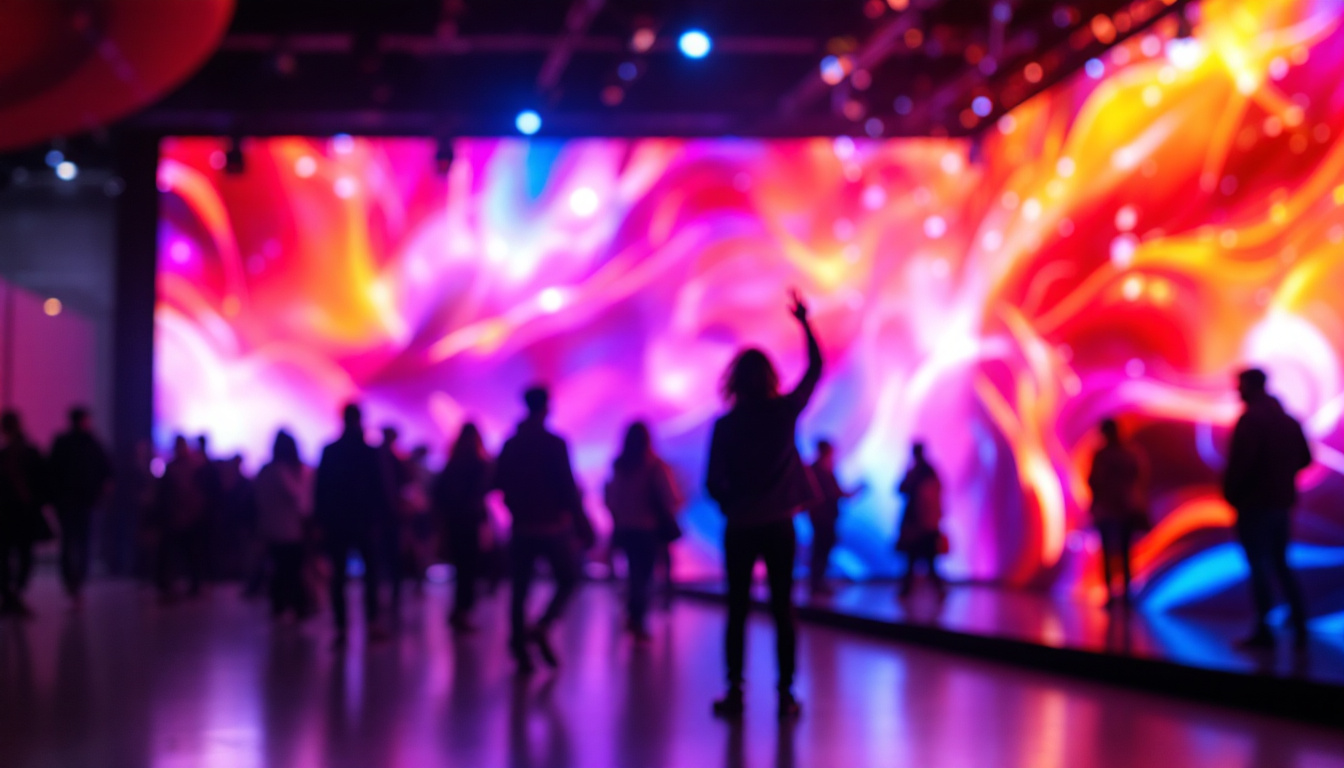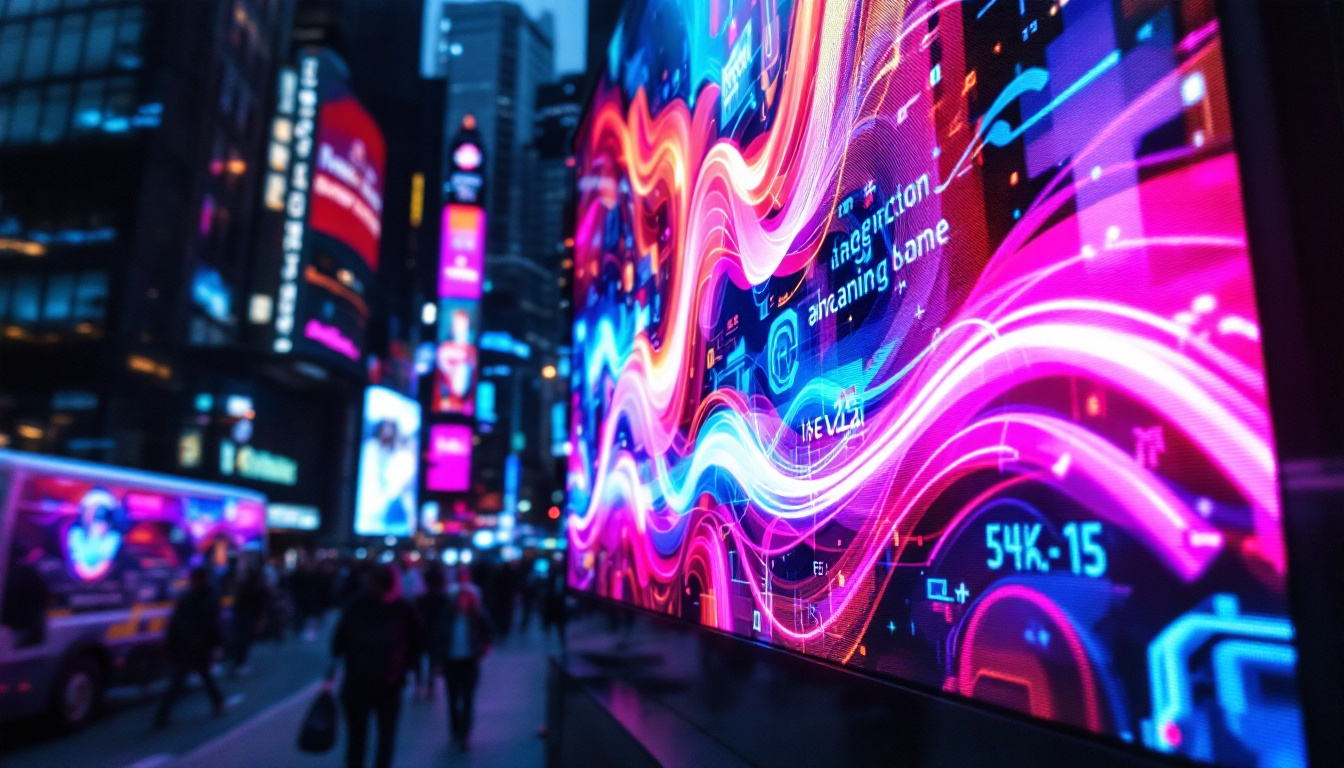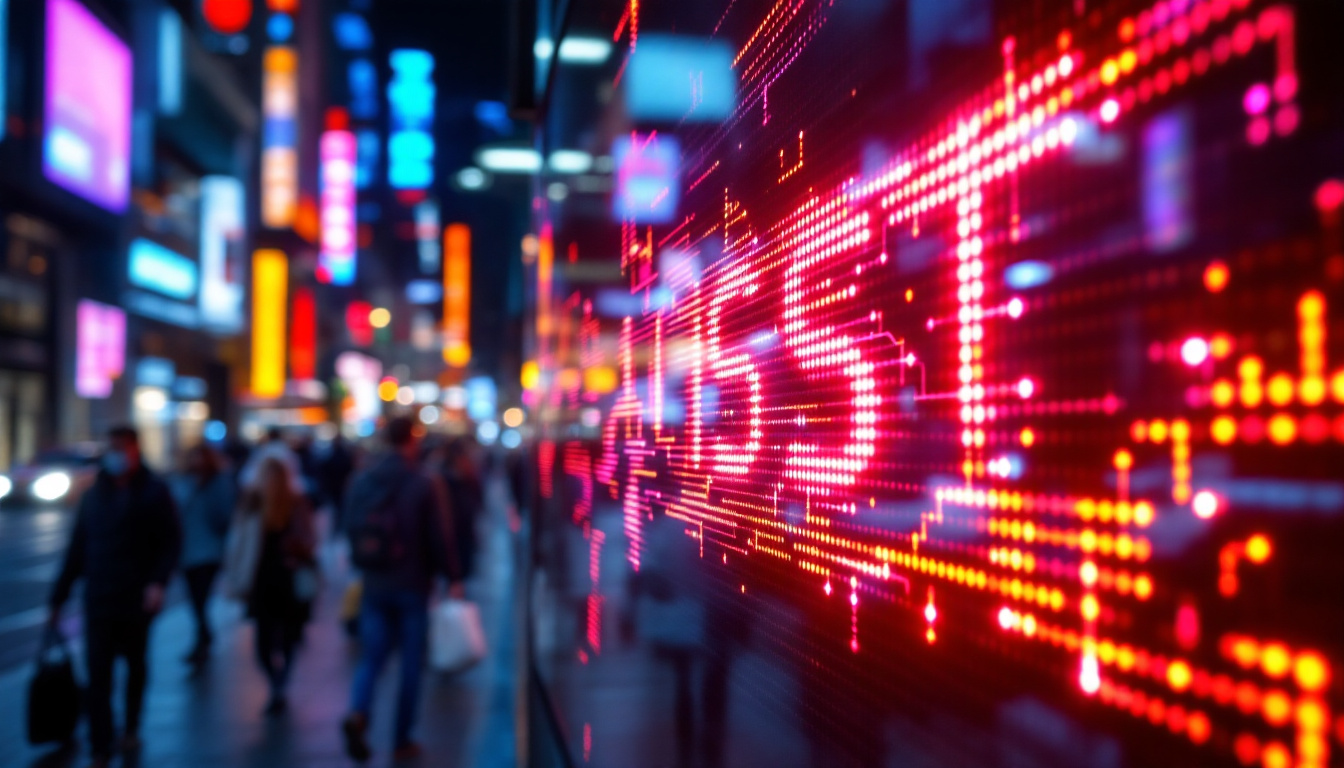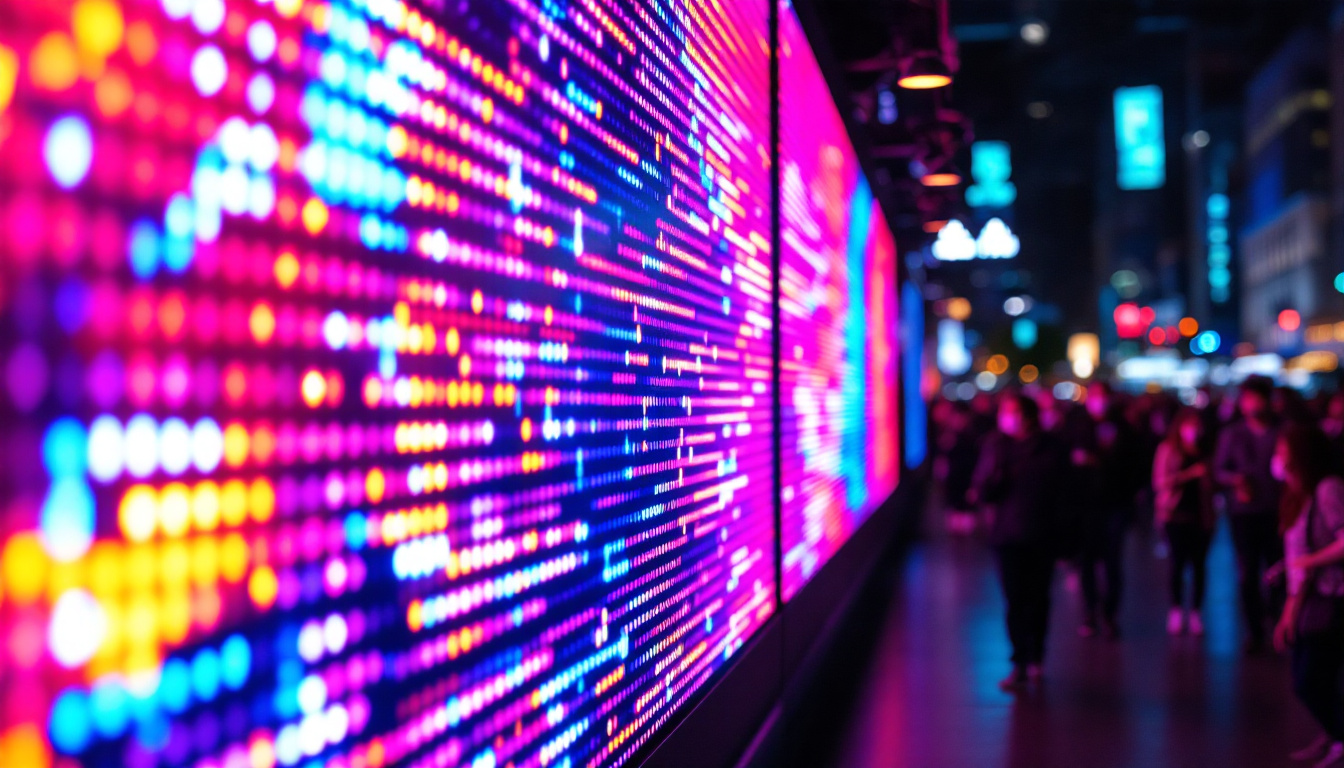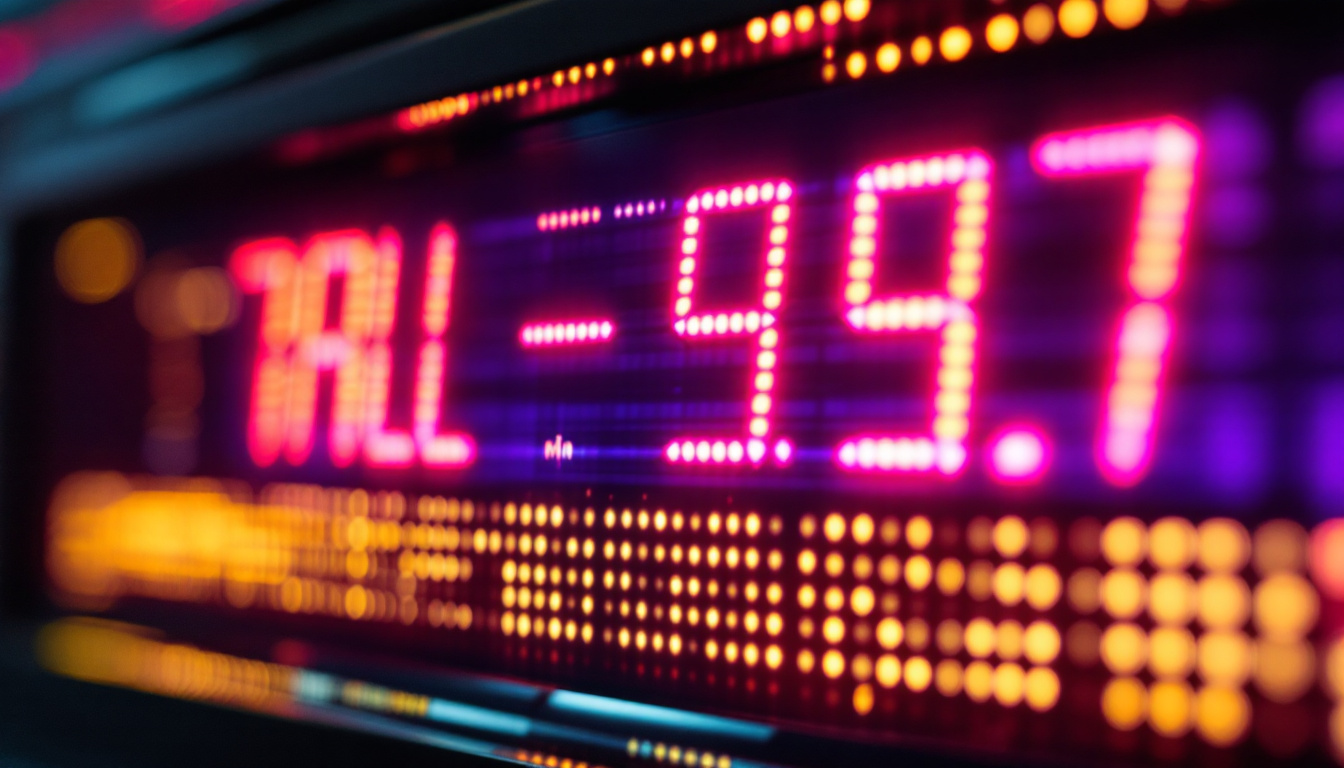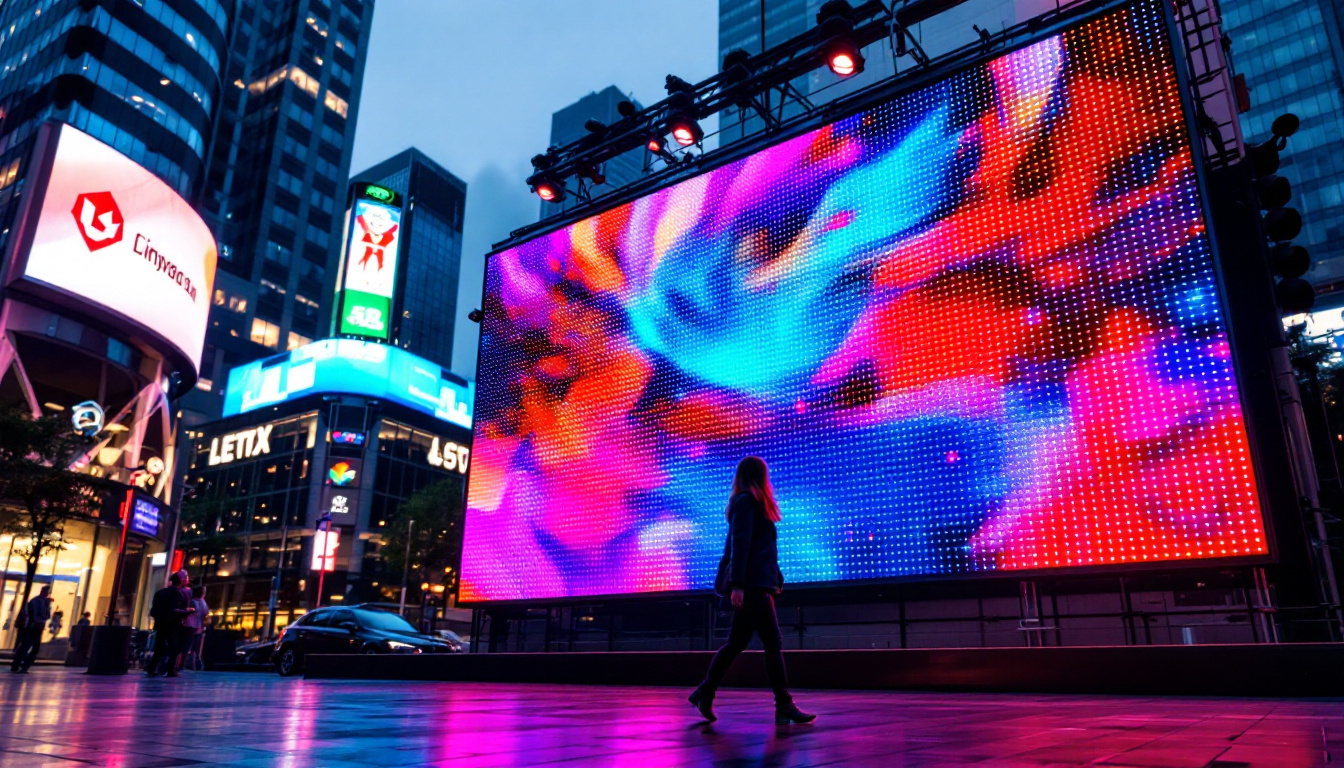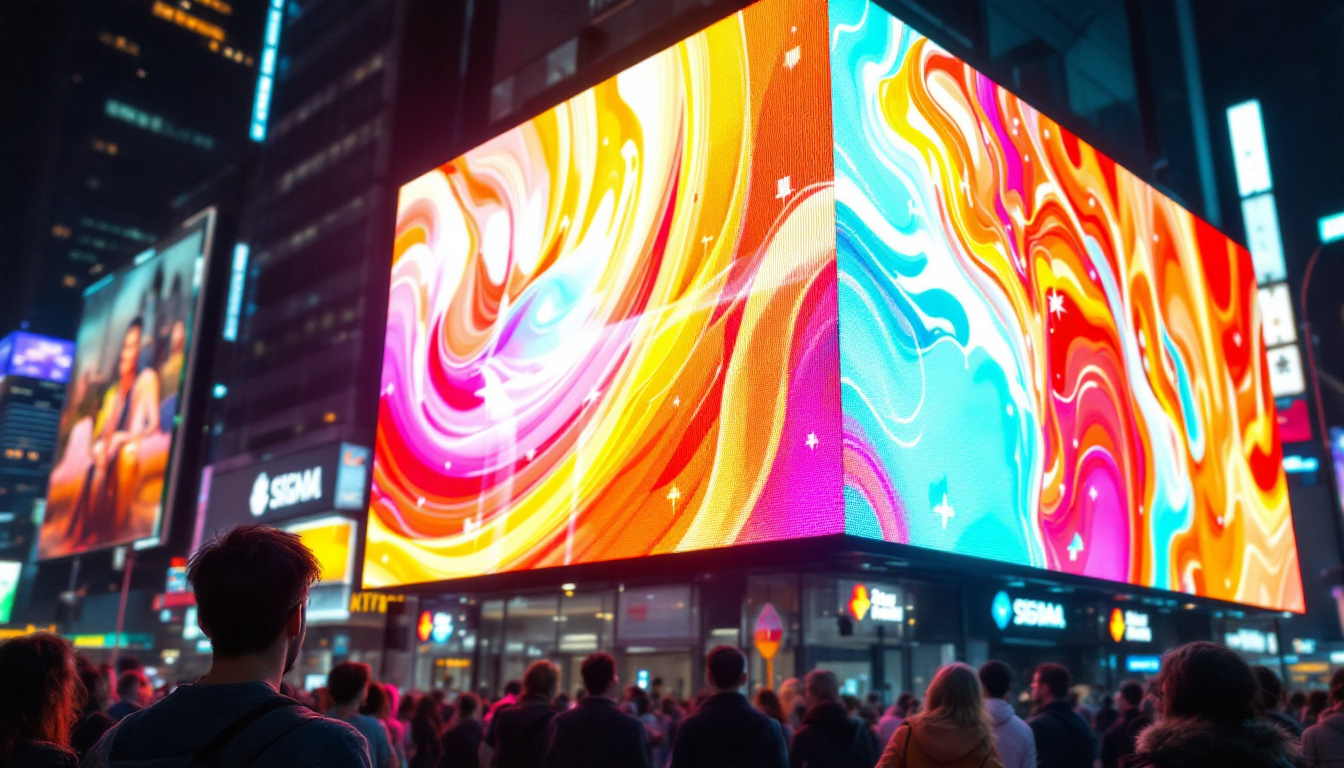In the rapidly evolving world of digital technology, LED displays have become an essential component across various industries. From advertising billboards to stadium screens, and from retail signage to control room monitors, LED displays offer vibrant, energy-efficient, and versatile solutions for visual communication. This article delves into the fundamentals of LED display technology, explores its diverse applications, and highlights the latest advancements shaping the future of LED solutions.
Understanding LED Display Technology
LED, or Light Emitting Diode, technology is the backbone of modern digital displays. Unlike traditional LCD or plasma screens, LED displays use tiny diodes that emit light when an electric current passes through them. This fundamental difference offers several advantages, including higher brightness, better contrast, and improved energy efficiency. The ability to produce deeper blacks and more vibrant colors has made LED technology a preferred choice for a wide range of applications, from consumer electronics to large-scale advertising.
At its core, an LED display consists of an array of LEDs arranged in a grid format. Each LED acts as a single pixel or part of a pixel, emitting red, green, or blue light. By varying the intensity of these three colors, the display can produce millions of colors, creating vivid and sharp images. This capability not only enhances the viewing experience but also allows for more intricate designs and animations, making LED displays particularly popular in creative industries such as event production and digital art installations.
Types of LED Displays
LED displays come in two primary categories: direct-view LED and LED-backlit LCD. Direct-view LED displays use LEDs as the actual light source and image pixels, making them ideal for large-scale outdoor and indoor screens. In contrast, LED-backlit LCDs use LEDs to illuminate an LCD panel, commonly found in televisions, computer monitors, and smartphones. The versatility of LED technology means that it can be adapted for various uses, from the compact screens of handheld devices to expansive video walls in sports arenas.
Within direct-view LED displays, there are further distinctions based on pixel pitch—the distance between adjacent LEDs. Smaller pixel pitches (less than 1 mm) are suitable for close viewing distances, such as indoor retail displays, while larger pitches are used for outdoor billboards where viewers are farther away. The choice of pixel pitch is crucial for achieving optimal image clarity and detail, which can significantly impact the effectiveness of advertising and information dissemination in public spaces.
How LED Displays Work
Each LED in the display is controlled by a driver circuit that regulates the current and color output. By rapidly switching LEDs on and off and adjusting their brightness, the display can render dynamic images and videos. This process, known as pulse-width modulation (PWM), also contributes to the high refresh rates and smooth motion rendering seen in LED displays. The rapid response time of LEDs allows for crisp visuals even in fast-paced content, making them ideal for sports broadcasts and action films.
Additionally, modern LED displays incorporate sophisticated control systems that manage color calibration, brightness uniformity, and temperature compensation, ensuring consistent image quality under varying environmental conditions. These advanced systems can automatically adjust settings based on ambient light, optimizing the viewing experience in both bright and dim environments. Furthermore, innovations in LED technology continue to evolve, with developments such as flexible LED panels and transparent displays, paving the way for new applications in architecture, automotive design, and interactive installations that blur the lines between digital and physical spaces.
Applications of LED Displays Across Industries
LED displays have transformed the way information and advertisements are presented, offering unparalleled flexibility and impact. Their applications span numerous sectors, each leveraging the unique benefits of LED technology.
Advertising and Outdoor Signage
One of the most visible uses of LED displays is in outdoor advertising. According to a 2023 report by Grand View Research, the global digital signage market is expected to reach $32.84 billion by 2030, with LED displays accounting for a significant share due to their brightness and durability.
LED billboards and signage can withstand harsh weather conditions while delivering vibrant images visible even in direct sunlight. Their ability to display dynamic content enables advertisers to update messages in real-time, enhancing engagement and campaign effectiveness.
Sports and Entertainment Venues
Stadiums and arenas worldwide rely on massive LED screens to enhance the spectator experience. These displays provide live game footage, replays, and interactive content, creating an immersive environment. For example, the AT&T Stadium in Texas features one of the largest high-definition LED video boards, measuring 160 feet wide and 72 feet tall.
Beyond sports, concerts and events utilize LED walls and floors to create visually stunning backdrops and effects, pushing the boundaries of stage design and audience interaction.
Retail and Corporate Environments
In retail, LED displays serve as dynamic signage that attracts customers and promotes products. High-resolution indoor LED screens enable retailers to showcase promotions, product details, and brand stories with eye-catching visuals. This trend is supported by a 2022 Nielsen study indicating that digital signage can increase customer dwell time by up to 30%.
Corporate offices use LED displays in meeting rooms, lobbies, and control centers to facilitate communication and data visualization. The ability to customize content and integrate with other digital systems makes LED displays a valuable tool for enhancing productivity and collaboration.
Transportation and Public Information Systems
LED displays are integral to transportation hubs such as airports, train stations, and bus terminals. They provide real-time updates on schedules, delays, and safety information. Their high visibility and reliability ensure that passengers receive critical information promptly.
Moreover, smart city initiatives increasingly incorporate LED displays for public announcements, emergency alerts, and interactive kiosks, contributing to improved urban management and citizen engagement.
Advantages of LED Displays Over Traditional Technologies
LED displays offer several compelling benefits that have driven their widespread adoption across industries. Understanding these advantages helps explain why LED technology is often the preferred choice for digital display solutions.
Superior Brightness and Contrast
LEDs can achieve brightness levels exceeding 5,000 nits, making them highly visible even in direct sunlight. This capability is crucial for outdoor applications where ambient light can wash out other display types. Additionally, LEDs provide excellent contrast ratios due to their ability to emit true blacks by turning off individual diodes completely.
Energy Efficiency and Longevity
Compared to traditional incandescent or fluorescent lighting, LEDs consume significantly less power. This efficiency translates into lower operating costs and reduced environmental impact. Furthermore, LED displays typically have a lifespan of 50,000 to 100,000 hours, minimizing maintenance and replacement expenses.
Flexibility and Scalability
LED modules are designed to be modular, allowing displays to be built in virtually any size and shape. This flexibility enables creative installations, from curved walls to transparent screens. Scalability also means that displays can be expanded or reconfigured as needs evolve.
Enhanced Durability and Weather Resistance
LED displays are built to withstand extreme temperatures, moisture, and physical impacts. Many outdoor LED products come with IP65 or higher ratings, indicating protection against dust and water ingress. This robustness ensures reliable performance in challenging environments.
Emerging Trends and Innovations in LED Display Technology
The LED display industry continues to innovate, driven by advancements in materials science, electronics, and software. These developments are expanding the possibilities of LED solutions and addressing emerging market demands.
MicroLED and MiniLED Technologies
MicroLED and MiniLED represent cutting-edge evolutions in LED display technology. MicroLEDs are microscopic LEDs that enable ultra-high resolution and contrast with faster response times and lower power consumption. While still emerging, MicroLED displays promise to revolutionize consumer electronics, including TVs and wearable devices.
MiniLED technology uses smaller LEDs as backlighting for LCD panels, improving brightness and contrast while reducing blooming effects. This hybrid approach is gaining traction in premium laptops, tablets, and monitors.
Transparent and Flexible LED Displays
Transparent LED displays allow viewers to see through the screen while displaying dynamic content. This innovation is particularly popular in retail windows and architectural applications, blending digital signage with physical environments seamlessly.
Flexible LED displays, made with bendable substrates, open new creative avenues for curved or irregular surfaces. These displays are used in automotive interiors, wearable tech, and artistic installations.
Integration with Artificial Intelligence and IoT
Smart LED displays increasingly incorporate AI and Internet of Things (IoT) technologies to deliver personalized and context-aware content. For example, AI-powered analytics can adjust advertising based on audience demographics or environmental conditions in real time.
IoT connectivity enables remote monitoring, diagnostics, and content management, enhancing operational efficiency and reducing downtime.
Choosing the Right LED Display Solution
Selecting the appropriate LED display depends on several factors, including the intended application, viewing distance, environmental conditions, and budget. Understanding these considerations helps ensure that the chosen solution meets performance expectations and provides long-term value.
Assessing Viewing Distance and Resolution Requirements
The pixel pitch is a critical parameter that influences image clarity. For close-up viewing, such as indoor retail or control rooms, a smaller pixel pitch (1.5 mm or less) is necessary to avoid visible pixelation. For outdoor billboards viewed from a distance, larger pixel pitches (10 mm or more) are acceptable and more cost-effective.
Environmental and Installation Considerations
Outdoor installations require displays with high brightness, weatherproof enclosures, and robust cooling systems. Indoor displays prioritize color accuracy, viewing angles, and integration with ambient lighting. Additionally, installation logistics, such as mounting structures and power supply, must be factored into the planning process.
Budget and Maintenance Factors
While LED displays can represent a significant upfront investment, their energy savings and longevity often justify the cost over time. It is important to consider warranties, service agreements, and the availability of technical support when selecting a vendor.
Conclusion
LED display technology has revolutionized the way visual information is presented across numerous industries. Its combination of brightness, energy efficiency, flexibility, and durability makes it an ideal choice for a wide range of applications, from advertising and entertainment to corporate communication and public information.
As innovations like MicroLED, transparent displays, and AI integration continue to advance, LED solutions will become even more versatile and impactful. For businesses and organizations looking to enhance their visual communication strategies, understanding the capabilities and benefits of LED displays is essential to making informed decisions that drive engagement and success.
Discover LumenMatrix’s Innovative LED Display Solutions
Ready to elevate your visual communication with cutting-edge LED technology? LumenMatrix offers a comprehensive range of LED display solutions tailored to your needs. From vibrant Indoor and Outdoor LED Wall Displays to dynamic Vehicle and Sports LED Displays, our products are designed to captivate your audience and amplify your message. Experience the future of digital signage with our Custom, All-in-One, and Transparent LED Displays. Check out LumenMatrix LED Display Solutions today and transform your space into a visually stunning experience.

